Note
Access to this page requires authorization. You can try signing in or changing directories.
Access to this page requires authorization. You can try changing directories.
In this article, you learn how to integrate EasySSO for BitBucket with Microsoft Entra ID. When you integrate EasySSO for BitBucket with Microsoft Entra ID, you can:
- Control in Microsoft Entra ID who has access to EasySSO for BitBucket.
- Enable your users to be automatically signed-in to EasySSO for BitBucket with their Microsoft Entra accounts.
- Manage your accounts in one central location: the Azure portal.
Prerequisites
The scenario outlined in this article assumes that you already have the following prerequisites:
- A Microsoft Entra user account with an active subscription. If you don't already have one, you can Create an account for free.
- One of the following roles:
- A subscription to EasySSO for BitBucket that's enabled for single sign-on (SSO).
Scenario description
In this article, you configure and test Microsoft Entra SSO in a test environment.
- EasySSO for BitBucket supports SP-initiated and IdP-initiated SSO.
- EasySSO for BitBucket supports "just-in-time" user provisioning.
Add EasySSO for BitBucket from the gallery
To configure the integration of EasySSO for BitBucket into Microsoft Entra ID, you need to add EasySSO for BitBucket from the gallery to your list of managed SaaS apps.
- Sign in to the Microsoft Entra admin center as at least a Cloud Application Administrator.
- Browse to Entra ID > Enterprise apps > New application.
- In the Add from the gallery section, type EasySSO for BitBucket in the search box.
- Select EasySSO for BitBucket from the results, and then add the app. Wait a few seconds while the app is added to your tenant.
Alternatively, you can also use the Enterprise App Configuration Wizard. In this wizard, you can add an application to your tenant, add users/groups to the app, assign roles, and walk through the SSO configuration as well. Learn more about Microsoft 365 wizards.
Configure and test Microsoft Entra SSO for EasySSO for BitBucket
Configure and test Microsoft Entra SSO with EasySSO for BitBucket by using a test user called B.Simon. For SSO to work, you need to establish a linked relationship between a Microsoft Entra user and the related user in EasySSO for BitBucket.
To configure and test Microsoft Entra SSO with EasySSO for BitBucket, perform the following steps:
- Configure Microsoft Entra SSO to enable your users to use this feature.
- Create a Microsoft Entra test user to test Microsoft Entra single sign-on with B.Simon.
- Assign the Microsoft Entra test user to enable B.Simon to use Microsoft Entra single sign-on.
- Configure EasySSO for BitBucket SSO to configure the single sign-on settings on the application side.
- Create an EasySSO for BitBucket test user to have a counterpart of B.Simon in EasySSO for BitBucket, linked to the Microsoft Entra representation of user.
- Test SSO to verify whether the configuration works.
Configure Microsoft Entra SSO
Follow these steps to enable Microsoft Entra SSO.
Sign in to the Microsoft Entra admin center as at least a Cloud Application Administrator.
Browse to Entra ID > Enterprise apps > EasySSO for BitBucket application integration page, find the Manage section. Select single sign-on.
On the Select a single sign-on method page, select SAML.
On the Set up single sign-on with SAML page, select the pencil icon for Basic SAML Configuration to edit the settings.
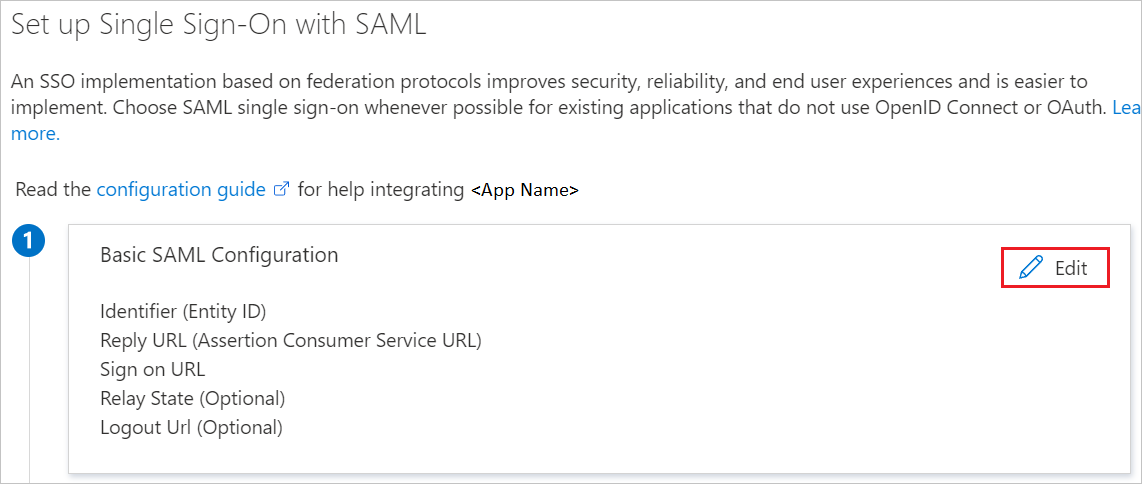
In the Basic SAML Configuration section, if you want to configure the application in IdP initiated mode, enter the values for the following fields:
a. In the Identifier text box, type a URL that uses the following pattern:
https://<server-base-url>/plugins/servlet/easysso/samlb. In the Reply URL text box, type a URL that uses the following pattern:
https://<server-base-url>/plugins/servlet/easysso/samlSelect Set additional URLs, and do the following step if you want to configure the application in SP initiated mode:
- In the Sign-on URL text box, type a URL that uses the following pattern:
https://<server-base-url>/login.jsp
Note
These values aren't real. Update these values with the actual Identifier, Reply URL and Sign-on URL. Contact the EasySSO support team to get these values if in doubt. You can also refer to the patterns shown in the Basic SAML Configuration section.
- In the Sign-on URL text box, type a URL that uses the following pattern:
The EasySSO for BitBucket application expects the SAML assertions in a specific format, which requires you to add custom attribute mappings to your SAML token attributes configuration. The following screenshot shows the list of default attributes.

The EasySSO for BitBucket application also expects a few more attributes to be passed back in the SAML response. The following table shows these. These attributes are also pre-populated, but you can review them per your requirements.
Name Source attribute urn:oid:0.9.2342.19200300.100.1.1 user.userprincipalname urn:oid:0.9.2342.19200300.100.1.3 user.mail urn:oid:2.16.840.1.113730.3.1.241 user.displayname urn:oid:2.5.4.4 user.surname urn:oid:2.5.4.42 user.givenname If your Microsoft Entra users have sAMAccountName configured, you have to map urn:oid:0.9.2342.19200300.100.1.1 onto the sAMAccountName attribute.
On the Set up single sign-on with SAML page, in the SAML Signing Certificate section, select the download links for the Certificate (Base64) or Federation Metadata XML options. Save either or both to your computer. You need it later to configure BitBucket EasySSO.

If you plan to configure EasySSO for BitBucket manually with a certificate, you also need to copy Login URL and Microsoft Entra Identifier, and save those on your computer.
Create and assign Microsoft Entra test user
Follow the guidelines in the create and assign a user account quickstart to create a test user account called B.Simon.
Configure EasySSO for BitBucket SSO
In a different web browser window, sign in to your Zoom company site as an administrator
Go to the Administration section.
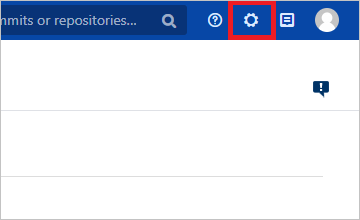
Locate and select EasySSO.
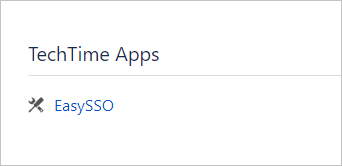
Select SAML. This takes you to the SAML configuration section.

Select the Certificates tab, and you're presented with the following screen:
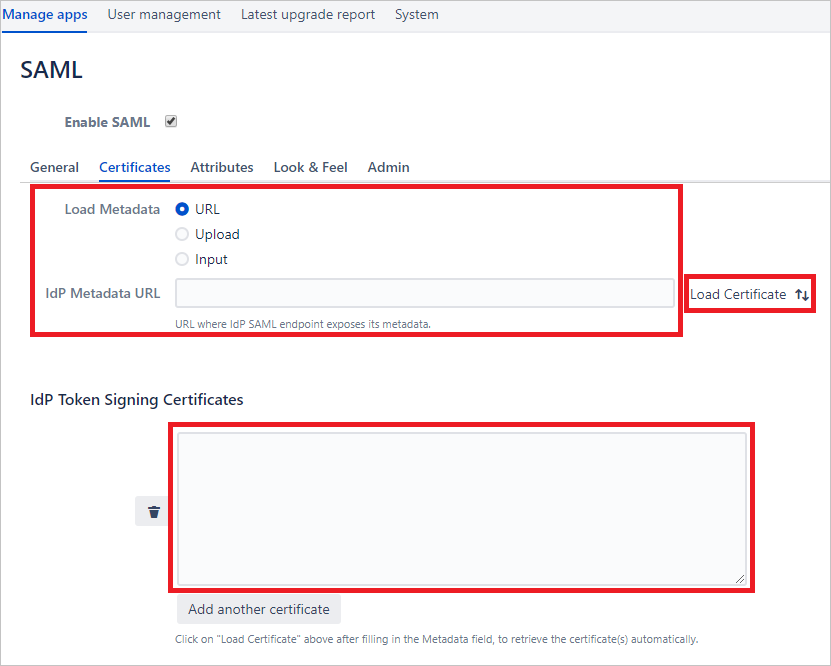
Locate the Certificate (Base64) or Metadata File that you saved in the preceding section of this article. You can proceed in one of the following ways:
Use the App Federation Metadata File you downloaded to a local file on your computer. Select the Upload radio button, and follow the path specific to your operating system.
Open the App Federation Metadata File to see the content of the file, in any plain-text editor. Copy it onto the clipboard. Select Input, and paste the clipboard content into the text field.
Do a fully manual configuration. Open the App Federation Certificate (Base64) to see the content of the file, in any plain-text editor. Copy it onto the clipboard, and paste it into the IdP Token Signing Certificates text field. Then go to the General tab, and fill the POST Binding URL and Entity ID fields with the respective values for Login URL and Microsoft Entra Identifier that you saved previously.
Select Save on the bottom of the page. You'll see that the content of the metadata or certificate files is parsed into the configuration fields. EasySSO for BitBucket configuration is complete.
To test the configuration, go to the Look & Feel tab, and select SAML Login Button. This enables a separate button on the BitBucket sign-in screen, specifically to test your Microsoft Entra SAML integration end-to-end. You can leave this button on, and configure its placement, color, and translation for production mode, too.
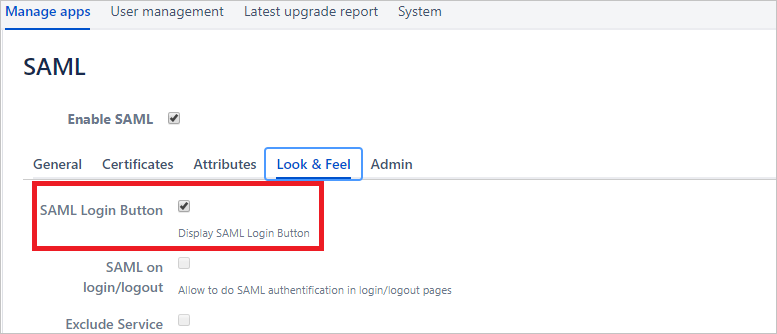
Note
If you have any problems, contact the EasySSO support team.
Create an EasySSO for BitBucket test user
In this section, you create a user called Britta Simon in BitBucket. EasySSO for BitBucket supports just-in-time user provisioning, which is disabled by default. To enable it, you have to explicitly check Create user on successful login in the General section of EasySSO plug-in configuration. If a user doesn't already exist in BitBucket, a new one is created after authentication.
However, if you don't want to enable automatic user provisioning when the user first signs in, users must exist in user directories that the instance of BitBucket makes use of. For example, this directory might be LDAP or Atlassian Crowd.
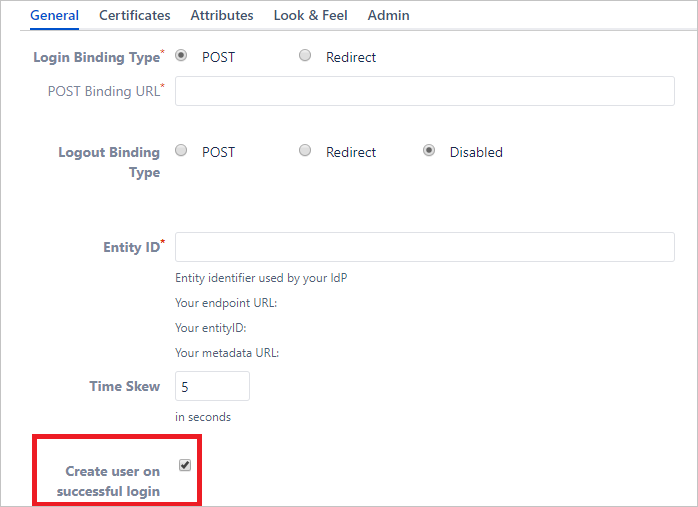
Test SSO
In this section, you test your Microsoft Entra single sign-on configuration with following options.
SP initiated:
Select Test this application, this option redirects to EasySSO for BitBucket Sign on URL where you can initiate the login flow.
Go to EasySSO for BitBucket Sign-on URL directly and initiate the login flow from there.
IDP initiated:
- Select Test this application, and you should be automatically signed in to the EasySSO for BitBucket for which you set up the SSO
You can also use Microsoft My Apps to test the application in any mode. When you select the EasySSO for BitBucket tile in the My Apps, if configured in SP mode you would be redirected to the application sign on page for initiating the login flow and if configured in IDP mode, you should be automatically signed in to the EasySSO for BitBucket for which you set up the SSO. For more information about the My Apps, see Introduction to the My Apps.
Related content
Once you configure EasySSO for BitBucket, you can enforce session control, which protects exfiltration and infiltration of your organization’s sensitive data in real time. Session control extends from Conditional Access. Learn how to enforce session control with Microsoft Defender for Cloud Apps.